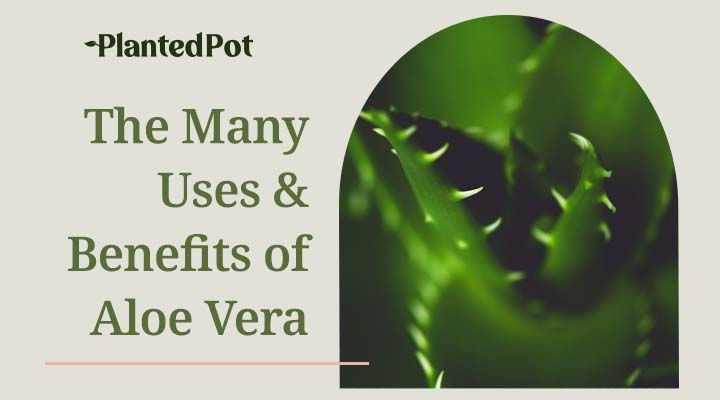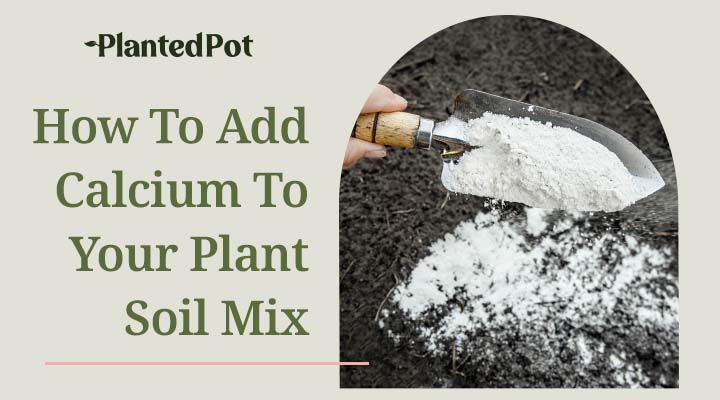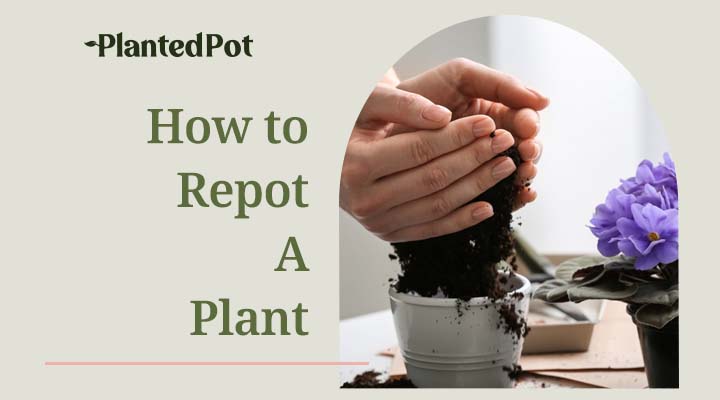
Root Aphids: Home Treatments & Signs of Infestation
Home / Root Aphids: Home Treatments & Signs of Infestation
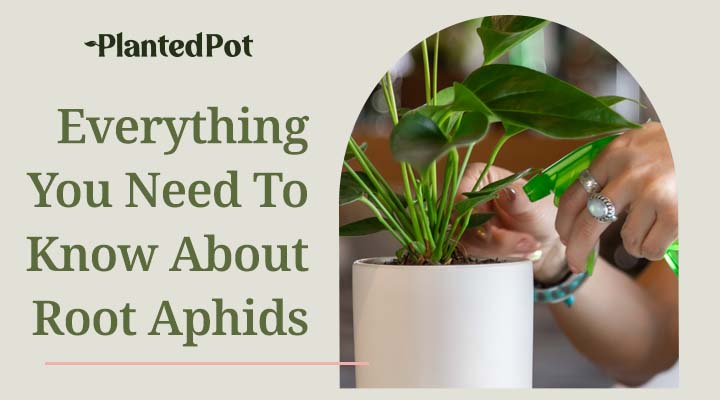
Root Aphids: Home Treatments & Signs of Infestation
When plants wilt and their leaves yellow, gardeners quickly think of probable causes: Is there a lack of nutrients? Or maybe the plant needs more water? Less sun? More sun? But there’s likely another sinister reason your plant is suffering: root aphids.
Root aphids are problematic garden pests that can wreak havoc on your garden and indoor plants. They target roots below the soil, making this pest not only very destructive but hard to detect. While aphids are tricky to spot and eliminate, you can do things to help when you sense something is awry. Treating your infested plants for aphids can save them as well as your other plants from the same doomed fate.
What Are Root Aphids?
There are over 4,000 species of aphids. About 250 of them are garden and indoor plant pests. Aphids are bugs that suck the nutrients and juice from plants and leech off perennials and trees.
Root aphids come from below the soil and mainly feast on a plant’s roots. The damage begins below the soil, so sometimes, you don’t notice the infestation right away. This gives aphids time to cause a lot of damage and rapidly reproduce.
Aphids live about one week to 40 days. But what makes them an overwhelming problem is how fast they can take over. They can easily cause an infestation because they can adapt to various weather conditions and reproduce asexually. Young aphids feed on the stems and leaves of plants, causing massive damage to your plants throughout their life cycle.
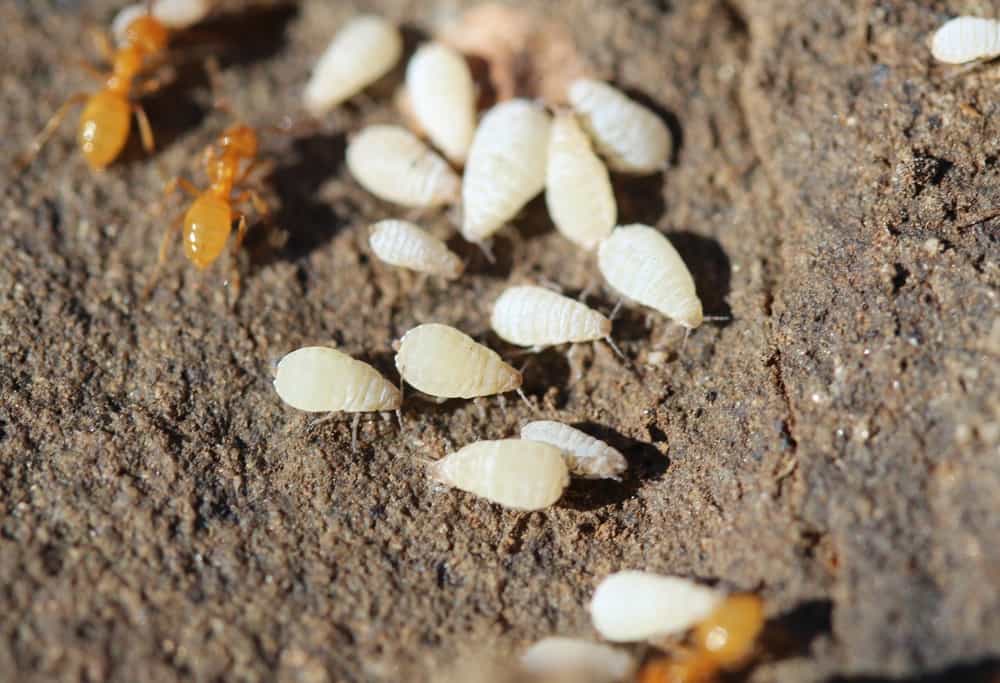
Are Root Aphids Common?
Aphids are extremely common pests. They are often found in gardens, greenhouses, and even in the pots of indoor houseplants. Almost every gardener has experienced an aphid attack at one time or another.
How Do You Spot Root Aphids?
Root aphids are harder to spot than other types of aphids due to their small size, appearance, and behavior. But there are ways you can spot a root aphid if you know what you’re looking for.
These pesky pests are about the size of a mite. They are also paler than other aphids, which are greenish in color. Aphids are usually brown or white, which helps them blend in with the color of your plant’s roots. While their size makes them hard to spot, you can find evidence of their work by looking for a white, waxy substance on the stems and exposed roots of your plant. This is a secretion called “honeydew” that is produced by aphids when they feed.
Root aphids are sometimes confused with other bugs because of their color and shape. Their bodies are a bit more pear-shaped than similar bugs, which are often oval instead. Aphids also have shorter legs and antennae than other species of aphids.
You can usually find aphids attached to the sides of grow cups, on the lower sections of a plant’s stem, and below the soil’s surface. These locations allow them to work and reproduce undetected through a few growth cycles on most occasions. Meanwhile, plant owners will think that their plants are suffering for other reasons. If your plant is getting enough sunlight and has been watered properly, but its leaves are still turning yellow and falling off, it might be a good time to check for these houseplant pests. If you see many ants near your outdoor plants, that’s a sign of a root aphid infestation. Ants are attracted to the secretion from the aphids.
What is the Lifecycle of a Root Aphid?
The lifecycle of a root aphid can vary due to its extreme adaptability, but there are three main stages of a root aphid’s life.
Nymph Stage
The first stage of a root aphid’s life is known as the nymph stage. Root aphids mature in about a week to 10 days on average. At the nymph stage, they will have antennae and six to eight legs. Nymphs usually cluster together near the plant’s root system. They are generally slow-moving, but it’s easy for them to be transferred from plant to plant due to dirty grow equipment or water passing through the drainage holes of your potted plants.
Wingless Adult Stage
Root aphids will then become wingless adults, known as aptera. At this stage, aphids can reproduce asexually. Females give live birth to genetically similar daughter aphids, meaning there’s usually no males present. They will often produce several offspring each day.
Winged Adult Stage
Later on, adults become winged adults, or alate. This often happens once a root aphid has fed enough to effectively kill or destroy a plant. They’re easily mistaken for gnats at this stage. However, winged aphids have notably longer and more slender wings than gnats, as well as fatter, rounder bodies.
At this point, the aphids will develop wings to fly to a new, healthy plant to feed on, and the cycle begins again. They can enter homes and greenhouses by flying through open vents and windows.
Can Root Aphids Cause Damage?
Root aphids can cause extreme damage to your plants if left to do their thing. The pests invade a plant’s root system and suck the juice from them, leaving injuries that make the plant vulnerable to disease and deplete its nutrients. Eventually, this stunts a plant’s growth, wilting its leaves and turning them yellow. Aphid-infested plants will also produce smaller, stunted, and less appealing fruits and blossoms. These are a result of the plant’s nutrients being siphoned away.
The secretions from aphids can also damage your plants. It can cause a fungus called black soot to spread on your plants that will cause infections and eventually kill them. You’ll sometimes see bacteria oozing from your plant’s leaves. Plants being attacked by root aphids are more vulnerable to root rot, mildew, and disease.
Are Root Aphids Easy to Get Rid Of?
Unfortunately, root aphids are not easy to get rid of. Since aphids are so small and fast-spreading, it can be tough to get every single one out of your garden or potted plant. Missing even one root aphid can cause an entirely new infestation to occur. Luckily, there are ways to effectively treat your plants for root aphid infestations.
Uprooting and Destroying Infested Plants
The first and most effective way to remove root aphids is to uproot the entire infested plant. Completely remove the material from the garden and away from other plants. This will keep other plants safe from the aphids before they spread.
When you remove affected plants, dig up a large amount of surrounding soil. Make sure none of the soil drops onto other areas of your garden or into the pots of other plants. This could spread root aphids even more. Disinfect your garden tools after use. You don’t want them to spread to other plants by hitching a ride on your tools.
It’s unfortunately recommended that you just remove and destroy the affected plants by root aphids instead of trying to save it. This will remove the pests from your garden or indoor plant area and keep your other plants safe. But if you want to try saving your plant, there are a few things you can try.
Natural Methods
Ladybugs are a great way to get rid of aphids. These insects not only help with pollination but can also eat up to 50 aphids each day. That’s 5,000 during its lifetime, according to the Entomology Department at the University of Kentucky.
Other bugs that prey on aphids include soldier beetles, damsel bugs, and parasitic wasps. Some of these bugs will naturally frequent your garden. But some can be purchased from garden supply stores and released into your garden to help take care of the problem.
Pesticides
Some people might choose to use pesticides, but this is sometimes not the most effective solution since aphids reproduce so fast. Insecticidal soaps won’t penetrate beneath the soil and won’t quite reach root aphids lurking near the roots. Meanwhile, pesticides can harm the area around your plant.
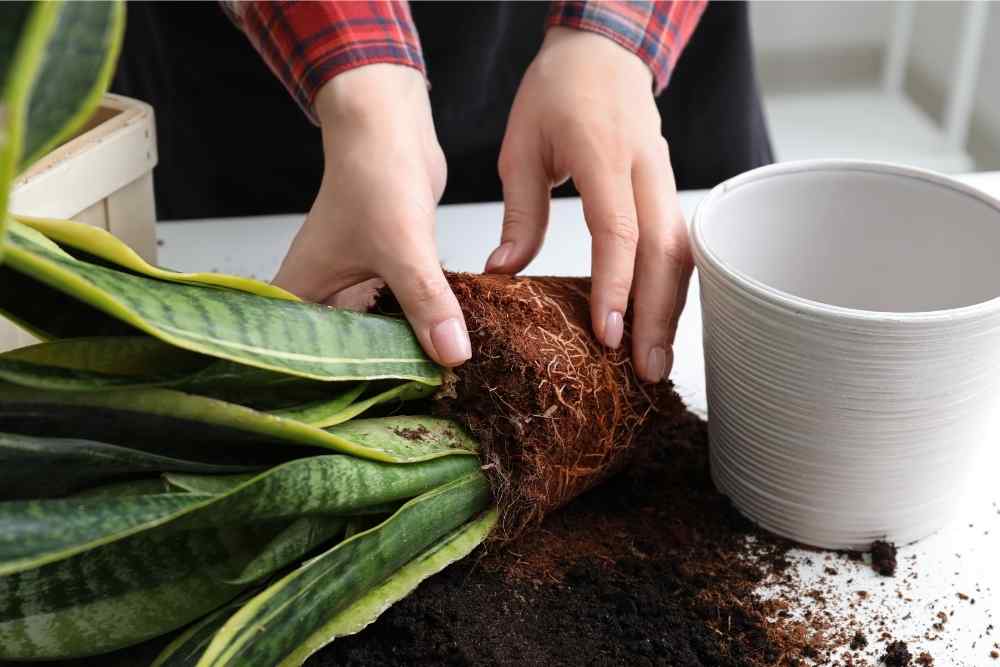
Are Specific Plants More Susceptible to Root Aphids?
The root aphid does have a few preferences! Some plants are more desirable than others. Root aphids especially love these varieties of plants:
- Hosta
- Coreopsis
- Asters
- Veronica plants
- Many varieties of sedums
Aphids also prefer the roots of hickory, walnut, and fir trees, and may cause severe damage to many crops, herbs, and cannabis plants.
Final Thoughts – Root Aphids
Root aphids are a very troubling issue for gardeners. They can cause a lot of damage, killing your plants. Once a root aphid infestation happens, it’s sadly too late for most plants, but there are still a few ways to keep your other plants safe:
- Remove infected plants and surrounding soil immediately
- Don’t let any soil or water from the infested plant touch other healthy plants
- Sterilize your gardening tools
- Employ helpful insects that prey on aphids naturally
Root aphids can sometimes be hard to spot. They live beneath the soil, blending into the roots, and are very small. Telltale signs of a root aphid infestation include poor plant health, a waxy white residue on your plant, and the presence of too many ants.


